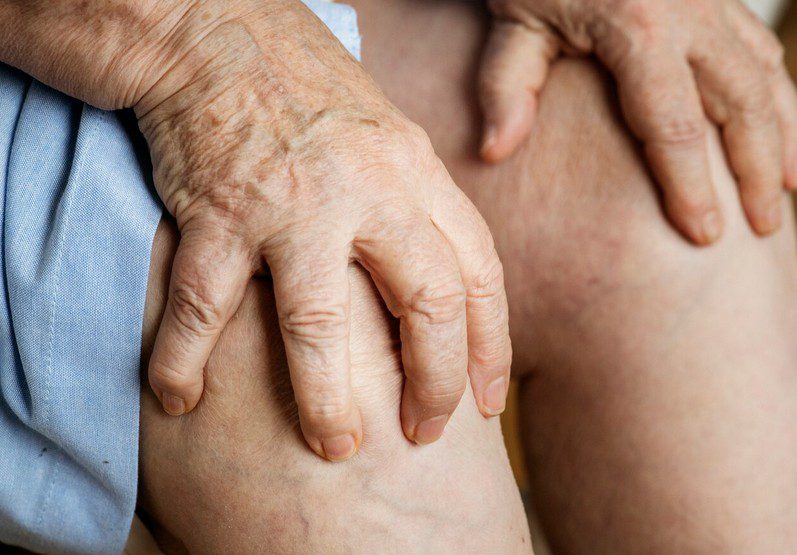5 min read
838 words
As temperatures rise and the sun beats down, many of us notice an unwelcome summer guest: water retention, also known as edema. That feeling of puffiness, tight rings, or swollen ankles can be uncomfortable and, at times, concerning. But why does our body seem to hold onto extra fluid specifically when it’s hot?
It’s a common phenomenon, and understanding its causes and simple management strategies can help you feel much more comfortable through the warmer months.
What is Water Retention?
Water retention occurs when excess fluid builds up inside your body, typically in the circulatory system or within tissues and body cavities. This can lead to swelling, puffiness, and a feeling of heaviness. While it can affect any part of the body, it’s most noticeable in the feet, ankles, legs, and hands – areas where gravity has its way.
Why Does Summer Bring on the Swell?
Several factors contribute to increased water retention in hot weather:
- Heat-Induced Vasodilation: When it’s hot, your blood vessels naturally expand (vasodilation) to help your body release heat and regulate its temperature. This widening of blood vessels can make it easier for fluid to leak out of the capillaries and into the surrounding tissues, especially in the lower extremities where gravity pulls it down.
- Paradoxical Dehydration: It sounds counterintuitive, but not drinking enough water in the heat can actually worsen water retention. When your body is dehydrated, it goes into “survival mode” and tries to hold onto every drop of fluid it has, leading to fluid retention.
- Electrolyte Imbalance: Sweating profusely in the heat causes you to lose not just water, but also essential electrolytes like sodium and potassium. An imbalance, particularly too much sodium and not enough potassium, can disrupt your body’s fluid balance and contribute to swelling.
- Reduced Movement: While not exclusive to summer, people might be less active or spend more time sitting or standing in one place (e.g., at outdoor events, long flights to vacation destinations), which hinders circulation and allows fluid to pool.
- Dietary Choices: Summer often brings with it tempting salty snacks (chips, processed foods, cured meats) and sugary drinks. High sodium intake is a well-known culprit for water retention, as sodium attracts and holds onto water. Sugary drinks can also contribute to inflammation and fluid imbalance.
Common Symptoms of Summer Water Retention:
- Swelling in the feet, ankles, legs, hands, and sometimes the face.
- Puffy appearance or shiny skin.
- Skin that retains a dimple (pitting) after being pressed for a few seconds.
- Stiffness in joints.
- Sudden, unexplained weight fluctuations.
- Clothes or jewelry feeling tighter than usual.
How to Beat the Bloat: Management & Prevention Tips
Fortunately, there are many simple and effective ways to manage and prevent summer water retention:
- Hydrate, Hydrate, Hydrate: This is key! Drink plenty of plain water throughout the day. Aim for at least 8 glasses, and more if you’re active or it’s extremely hot. Adequate hydration signals to your body that it doesn’t need to hold onto fluids.
- Reduce Sodium Intake: Limit processed foods, canned goods, fast food, and salty snacks. Opt for fresh, whole foods seasoned with herbs and spices instead of excessive salt.
- Increase Potassium-Rich Foods: Potassium helps balance sodium levels and promote healthy fluid balance. Incorporate foods like bananas, avocados, spinach, leafy greens, sweet potatoes, and tomatoes into your diet.
- Elevate Your Legs: When resting, try to elevate your feet and legs above your heart. This uses gravity to help drain pooled fluid back towards your core.
- Stay Active (But Smartly): Regular movement helps to improve circulation and prevent fluid from pooling. Go for walks, swim, or cycle. If you’re standing or sitting for long periods, take breaks to stretch and move around.
- Wear Compression Stockings: For persistent swelling, especially in the legs, over-the-counter compression socks or stockings can provide gentle pressure, preventing fluid buildup.
- Choose Loose-Fitting Clothing: Avoid tight clothing, especially around the waist, wrists, and ankles, as this can restrict circulation and worsen swelling.
- Avoid Prolonged Standing or Sitting: If your job requires you to be on your feet or seated for extended periods, take frequent breaks to walk around, stretch, and elevate your legs if possible.
- Limit Alcohol and Sugary Drinks: Both can contribute to dehydration and inflammation, exacerbating fluid retention.
- Cool Off: Taking cool showers or baths, or immersing your feet in cool water, can help constrict blood vessels and reduce swelling.
When to See a Doctor

While summer fluid retention is often benign and manageable with lifestyle changes, it’s important to consult a doctor if:
- The swelling is sudden, severe, or painful.
- The swelling occurs in only one limb.
- The skin over the swollen area is red, warm, or feels hot to the touch.
- You experience shortness of breath, chest pain, or dizziness along with the swelling.
- You have a pre-existing heart, kidney, or liver condition.
- The swelling doesn’t improve with home remedies.
By understanding the unique challenges summer heat poses to your body’s fluid balance and implementing these practical tips, you can enjoy the season more comfortably and keep that unwanted bloat at bay.

I know so many of us women struggle with water retention and it’s the worst when you feel bloated and puffy.